Snow Falling
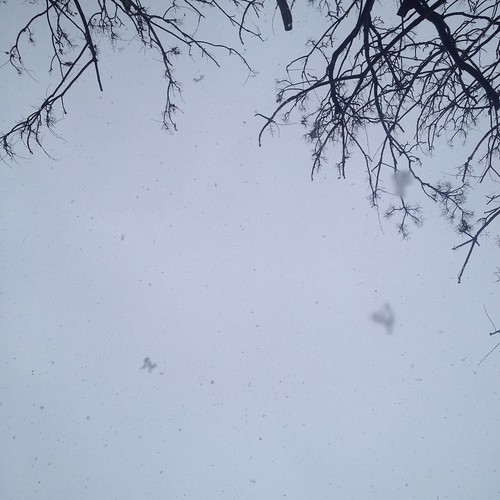
We are well into February, and I am fast approaching the one month mark since moving back to Montreal. It will soon be two months since I quit my job, and upped sticks. I can't remember the last time I had so much time to myself. It is a little daunting, but quite refreshing, all at the same time.
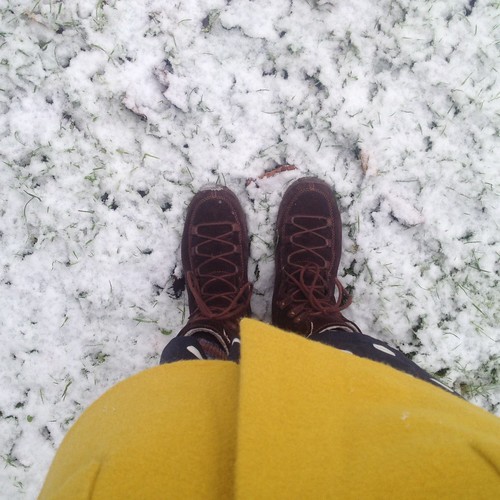
While everyone around me may be in a whirl over Valentine's Day, I am pondering my next step. Without really thinking about it. Actually, to be honest, it only fleetingly crosses my mind. I actually spend quite a a lot of time watching the snow fall. I should probably be more worried about it, but I am actually much more concerned with the menu for my mother's birthday.
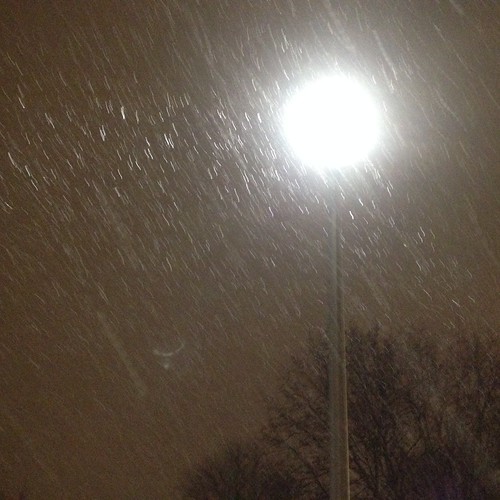
At least I have the dessert figured out: individual Japanese cheesecakes. You may have seen these floating around the web: they are light and fluffy, wobbly and airy, pretty much the antithesis of a New York cheesecake. I will admit that when I first encountered these little puffs of cheesecake in Japan, they seemed all wrong to me. Nevertheless, they have grown on me.
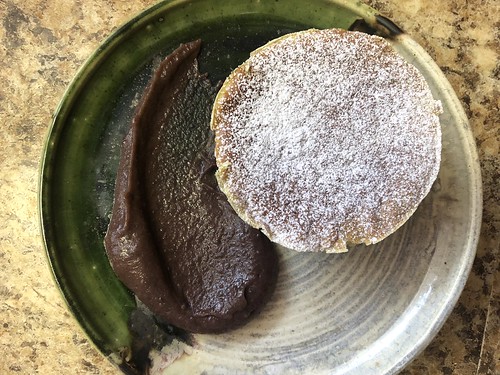
This cheesecake is so light, it is actually the ideal dessert: who can say no to a cloud? It is also not overly sweet, so if you know someone who doesn't have a sweet tooth -yes, they do exist- this cheesecake is just right for them. I used matcha powder for the following version, but you can use the zest of a lemon or a teaspoon of vanilla extract instead. The cheesecake can be baked in large (8cm/3") muffin tins, individual ramekins or a 15cm/6" deep cake pan (not springform). You will also need a separate pan large enough to contain the cake moulds.
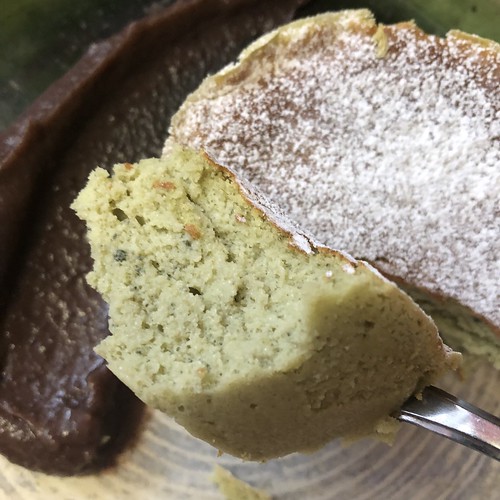
Matcha Flavoured Japanese Cheesecake
Serves 4-6
125g/4.4oz cream cheese
30g/ 2Tbs unsalted butter
125ml/ ½ cup milk
3 eggs
25g/ 3 Tbs all-purpose four
12g/ 4 tsp corn starch
3g/1tsp cream of tartar
70g/ 5 Tbs sugar
2 Tbs matcha green tea powder (optional) or 1 tsp vanilla extract or the zest of 1 lemon
extra butter for the moulds
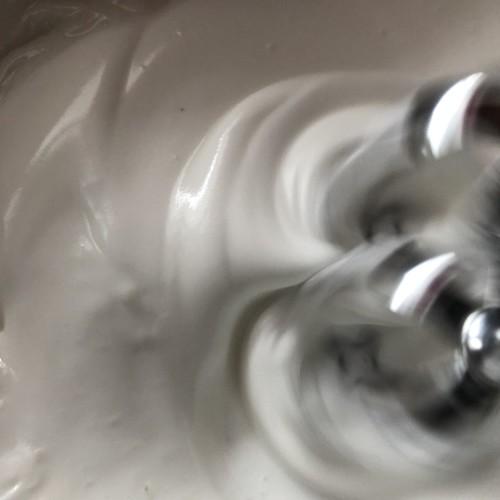
Pre-heat the oven to 160°C/325°F.
Butter the moulds. For extra insurance, cut out rounds of baking parchment and place in the bottom of the moulds. Set aside.
Place the milk, cream cheese and butter in a heat-proof bowl, and sit the bowl over a pan of hot water. Alternatively, use a microwave oven to melt the butter and cream cheese.
When the butter is completely melted, remove the bowl from the heat, and stir until the mix is smooth. Set aside to cool slightly.
Stir together the flour, corn starch and matcha powder, if using, making sure to break up any lumps.
If you are using vanilla extract or lemon zest for flavouring, add these to the cream cheese mix.
Separate the eggs.
Stir the egg yolks into the cream cheese mix, then whisk in the dry ingredients.
Beat together the egg whites, sugar and cream of tartar until the stiff peak stage.
Gently fold the egg whites into the cheese mix until there are no streaks left.
Pour into the prepared moulds.
Place the cake tin in the larger pan, and fill the pan with hot water. The water should be at least at the halfway mark of the cake batter; ideally, the water should be level with the batter.
Bake in the oven until the batter is set but still slightly wobbly: about 20-25 minutes for individual cakes, 40-45 minutes for a larger one.
If the cake is done, but lacks browning on the top, turn on the oven grill to 180°C/350°F for about 5 minutes.
Leave to cool completely before attempting to unmould.
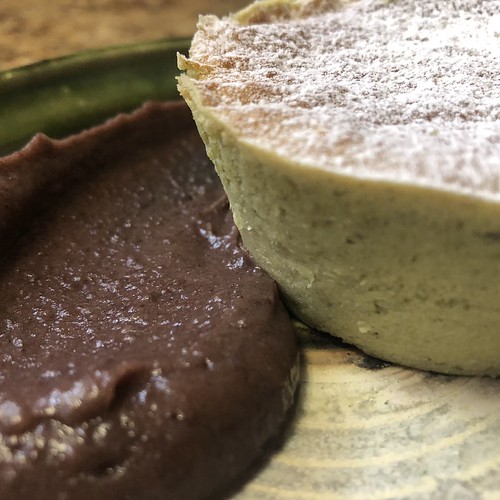
Serve chilled with a dusting of icing sugar and a fruity garnish: forced rhubarb is in season in Europe and certain parts of North America, so poached or roasted rhubarb would be perfect with this cheese cake. If you can't get your hands on rhubarb, a berry compote or coulis would be just dandy, or you can go full Japanese, and serve it with azuki paste, as I have.
Bon App'!



Comments
Post a Comment